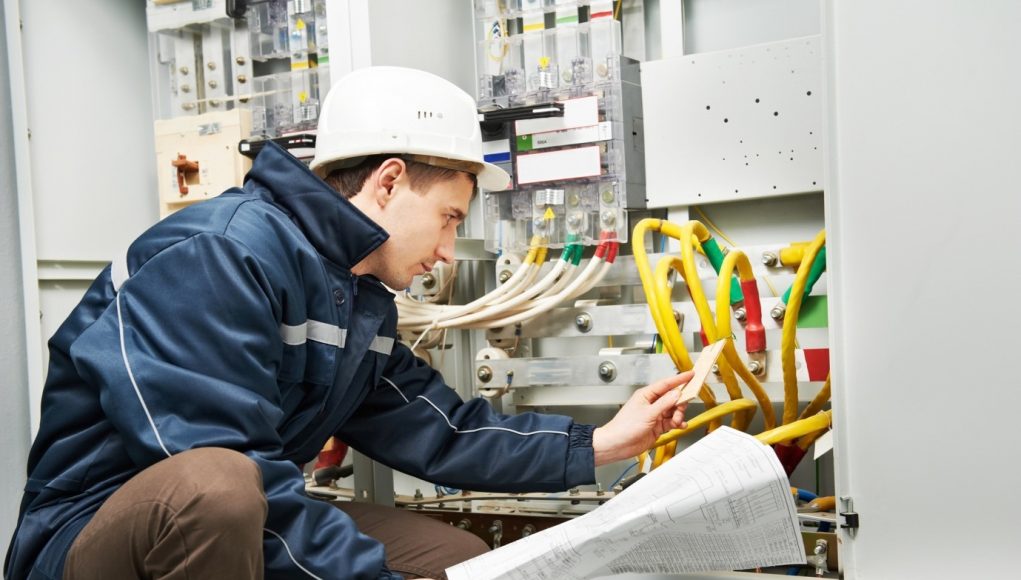Is your company continually having to shell out on large repair bills for plant and equipment? Do you sometimes feel as if you’re lurching from crisis to crisis? There is a solution. Proper preventive maintenance planning could reduce your overheads and help your business to run much more smoothly. It takes organisation and investment to get it up and running, but it’s well worth the effort.
What is preventive maintenance?
Preventive maintenance is the process of making regular investments over time to keep the things that matter to your business in good condition. It can be scheduled in a way that makes it easy to balance expenditure with your other commitments, and it saves money in the long term and could also help to improve your health and safety record.
Preventive maintenance isn’t all about the kind of specialist work that requires a mechanic, electrician or plumber. It includes things like cleaning, painting and oiling, routine tasks that may seem trivial but which, if they’re carried out well, can significantly reduce the rate at which issues develop. Activities like this can often be combined with checking for problems if the people carrying them out are suitably trained.
What does preventive maintenance cover?
A preventive maintenance strategy can be applied to all your material company assets, from offices to equipment, vehicles and storage facilities. It can help you stay on top of shop front repairs or will keep your production line running smoothly. When planning your preventive maintenance strategy, you should think through all the items you need to consider so that you can draw up an accurate budget. Once your strategy is up and running, you won’t need to draw on your emergency budget as often.
Why does preventive maintenance matter?
There are numerous benefits to undertaking preventive maintenance, including the following:
- Costs are reduced – it costs less to make regular small repairs than to make one-off major ones or have to replace items altogether. Most of your assets will last longer if you keep them in good condition and you can pay standard prices rather than having to spend extra to get work done in a hurry.
- Efficiency is improved – equipment works more effectively and reliably when it’s maintained in good working order. Problems are more likely to be spotted before they start to affect quality. Workers are inspired by the awareness that managements care about the parts of the business they deal with day to day.
- Downtime is reduced – there’s a far lower risk that production will have to stop because a key piece of equipment has stopped working or become unsafe. It’s easier to plan production over short time periods in response to demand because it’s unlikely that unexpected problems will affect your ability to deliver.
- Accidents are reduced – everybody is safer because well-maintained equipment and buildings are less likely to develop serious problems. If you do find your organisation facing a legal action after somebody is injured, you can demonstrate that you do everything in your power to maintain safety standards, reducing the risk that you’ll be found to be at fault.
- Customers are impressed – it’s good for the company image when everything is in tip-top condition, and it makes visitors feel more confident about the quality of goods they’re purchasing. Investors also find these positive management practices appealing, making it easier for you to raise funding when you need it.
- Insurers are impressed – when you can demonstrate that you’re making maintenance a priority, you may be able to negotiate better insurance deals. You also face a lower risk of having insurance claims denied because equipment or infrastructure has been allowed to deteriorate.
Maintenance routines can also provide an opportunity for new workers to become familiar with equipment or other company assets, so that they understand what’s important to the business and to help them to work more efficiently.
Getting into the habit of regularly maintaining machinery and equipment rather than having to obtain replacements reduces waste and thereby enhances your green credentials.
How to undertake preventive maintenance
There are two ways to approach preventive maintenance: by making regular checks and improvements and by responding quickly when minor problems develop. Whichever approach you take, it’s important to ensure that you maintain records of the work done. You can keep them in a log book, but you may also find it useful to keep them on site, for instance by using small calendars that let you keep track of how long it has been since major pieces of equipment were last serviced.
Scheduling maintenance means you can avoid interruptions to normal work like those caused when a piece of equipment stops working. You can arrange for maintenance checks to take place during lunch breaks or after hours so that normal activity is not disrupted. Even if a problem emerges that requires major work, you will usually have a bit of notice before it reaches crisis point, so you can rearrange other scheduled activity to fit around it to ensure your staff are still being productive.
As part of your maintenance regime, you’ll have to replace damaged parts from time to time, so make sure that your budget accounts for the cost. You may find that changing your approach in this way comes to influence your buying choices so that you spend a bit more in order to obtain equipment that’s easier to repair. That can save you a lot of money over the longer term. You’ll also be in a better position to make use of warranty agreements if you look after your equipment and identify problems quickly – the companies you buy from won’t be able to blame problems on neglect.
A well-planned approach to preventive maintenance means that you’ll rarely have to deal with crises and you’ll have time to recover in between them. It will put your business on a much more stable footing. Although it may seem like extra work in the immediate term, it will pay off as the years go by.
















